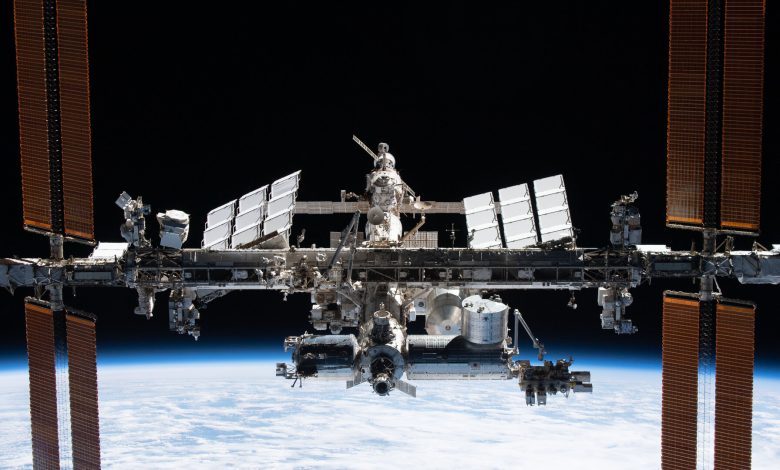
The International Space Station (ISS) stands as a testament to human ingenuity and international cooperation. Orbiting approximately 400 kilometers above Earth, it serves as both a research laboratory and a living space for astronauts from around the world. This floating marvel provides a unique glimpse into what life is like beyond our planet and the challenges and wonders that come with it.
Daily Life in Space
Life aboard the ISS is a fascinating blend of routine and extraordinary experiences. Astronauts on the ISS follow a structured schedule that includes scientific experiments, maintenance tasks, exercise, and communication with loved ones. Each crew member has specific duties, ranging from conducting experiments to operating the station’s systems. Despite the rigorous schedule, astronauts often express a profound sense of awe and wonder at the view of Earth from space.
Microgravity and Its Effects
One of the most notable aspects of life aboard the ISS is microgravity. Without the constant pull of Earth’s gravity, astronauts experience a sensation of weightlessness. This microgravity environment allows scientists to conduct experiments that would be impossible on Earth, such as studying fluid dynamics and material science. However, it also presents challenges, including muscle and bone loss. To counteract these effects, astronauts spend about two hours a day exercising on specialized equipment.
The Science of Space
The ISS is a hub of scientific research. It hosts experiments in various fields, including biology, physics, astronomy, and meteorology. Research conducted on the ISS has led to breakthroughs in understanding how living organisms adapt to space environments and has provided insights into fundamental physical processes. This knowledge not only enhances our understanding of space but also has practical applications on Earth, such as advancements in medical treatments and materials technology.
Life Beyond Work
When not engaged in scientific research or maintenance tasks, astronauts find time to relax and enjoy the unique experiences of space travel. They watch Earth from the station’s windows, capturing stunning images of our planet. They also communicate with friends and family through video calls and social media, sharing their experiences with the world. Leisure activities include watching movies, reading, and participating in personal projects.
Challenges and Adaptations
Living in space comes with its own set of challenges. The confined space of the ISS requires astronauts to adapt to a small living area, and the lack of gravity affects daily activities like eating and sleeping. Meals are carefully planned and prepared to ensure astronauts receive the nutrients they need, and sleeping arrangements involve sleeping bags attached to the walls to prevent floating while sleeping.
The Future of Space Exploration
The ISS has been an invaluable platform for advancing space exploration and international collaboration. As we look to the future, the knowledge gained from life aboard the ISS will pave the way for deeper space missions, including trips to the Moon and Mars. The experiences of current astronauts will inform the development of future spacecraft and habitats, making long-duration space travel more feasible and comfortable.
Conclusion
Life aboard the International Space Station is a remarkable blend of routine and wonder, science and discovery. It represents humanity’s enduring curiosity and quest for knowledge. As we continue to explore the final frontier, the ISS remains a beacon of what is possible when we reach for the stars.



